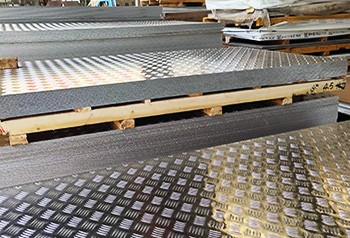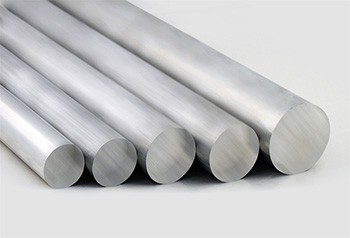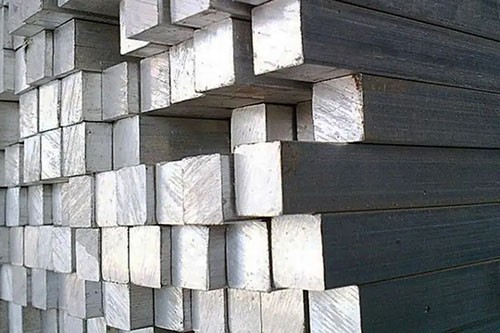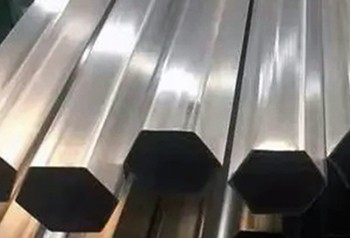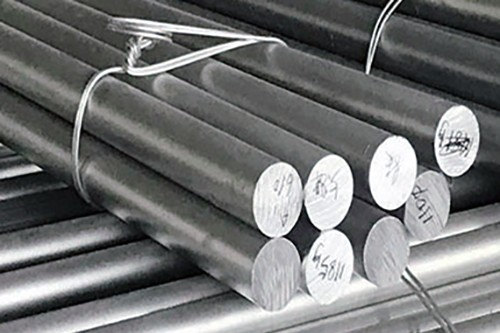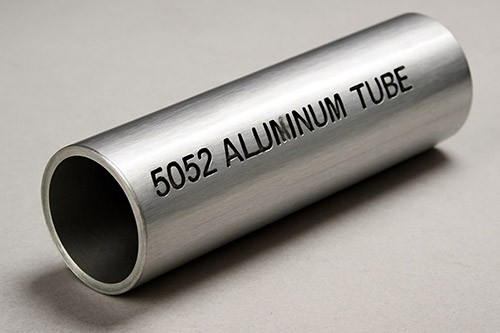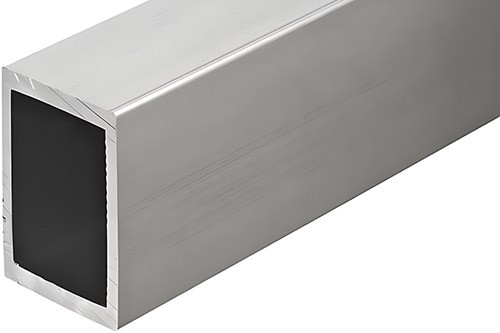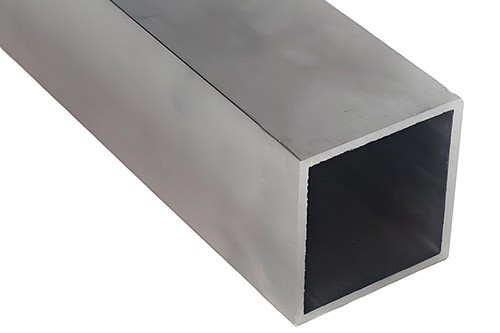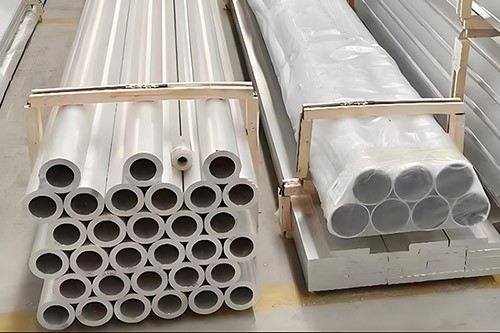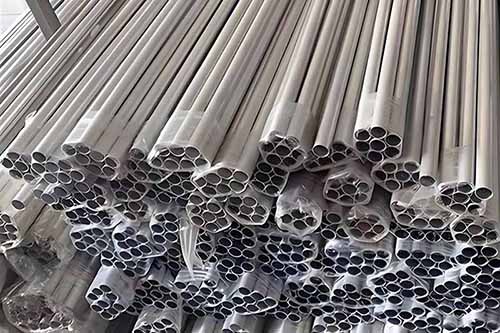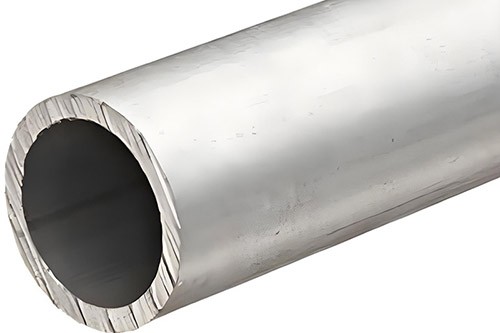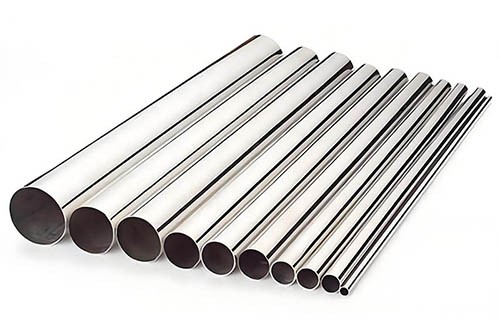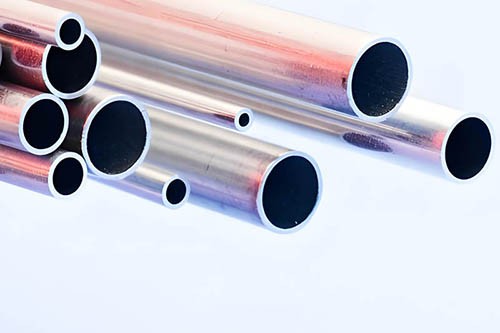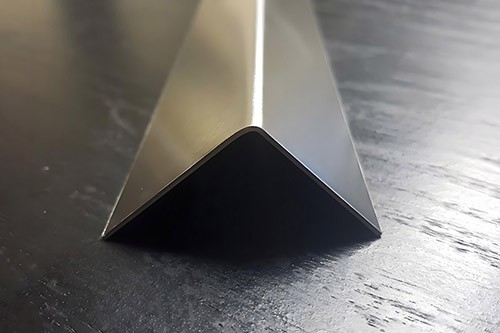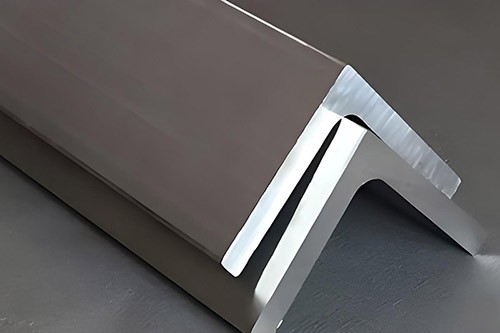5052 H34 Aluminum Sheet
5052 H34 aluminum sheet is a medium-strength aluminum-magnesium alloy material. 5052-H34 is a strain-hardened aluminum alloy, known for its balanced strength, formability, and corrosion resistance.
5052 H34 aluminum sheet is a high-strength, corrosion-resistant material primarily composed of aluminum and magnesium, with small amounts of chromium. It is a non-heat-treatable alloy that can be strengthened through cold working processes. The H34 condition indicates that the material has been strain-hardened to medium strength, balancing formability and strength.
Haomei Aluminum, as a professional 5052-H34 aluminum sheet manufacturer, offers high-quality products that comply with AMS 4017 and ASTM B209 standards, designed specifically for the marine, automotive, and aerospace industries. Through optimized hot rolling (final rolling temperature of 320-350℃) and cold rolling processes (processing rate of 40-60%), we ensure materials with both high strength and salt spray corrosion resistance. Thicknesses from 0.15mm to 600mm are available, and we support bulk stock supply.
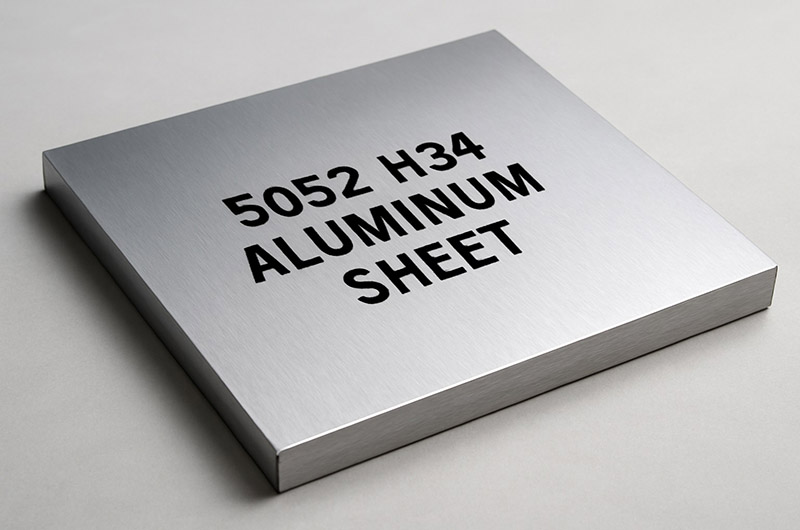
5052 H34 Aluminum Sheet Standards and Conditions
- AMS 4017: Suitable for aerospace-grade 5052-H34 sheet.
- ASTM B209: Standard specification for general sheet materials.
- H34 Condition: Achieved through strain hardening and stabilization treatment, with strength higher than H32.
5052 H34 Aluminum Sheet Mechanical Properties
- Ultimate tensile strength: Approximately 34, 000 to 41, 000 psi (234 to 283 MPa)
- Yield strength: Approximately 26, 000 psi (179 MPa)
- Elongation at break: Varies between 3% and 10%, depending on thickness.
- Brinell hardness: Approximately 68
- Modulus of elasticity: Approximately 68 GPa (9.9 × 10⁶ psi)
- Fatigue strength: Approximately 130 MPa (18, 850 psi)
5052 H34 Aluminum Sheet Chemical Composition
Based on aluminum, the main alloying element is magnesium (2.2%~2.8%), with small amounts of chromium, silicon (≤0.25%), copper (≤0.10%), zinc (≤0.10%), etc.
- Magnesium: 2.2% to 2.8%
- Chromium: 0.15% to 0.35%
- Copper: Max. 0.1%
- Iron: Max. 0.4%
- Manganese: Max. 0.1%
- Silicon: Max. 0.25%
- Zinc: Max. 0.1%
- Aluminum: Balance
5052 H34 Aluminum Sheet Physical Properties
- Density: Approximately 2.68 g/cm³
- Thermal conductivity: Approximately 140 W/m·K
- Specific heat: Approximately 900 J/kg·K
- Coefficient of thermal expansion: Approximately 24 µm/m·K
- Electrical conductivity: Approximately 35% IACS
5052 H34 Aluminum Sheet Corrosion Resistance
5052-H34 performs excellently in marine environments due to its chromium content and protective oxide layer. It is resistant to seawater corrosion and can be anodized for enhanced protection.
5052 H34 Aluminum Sheet Applications
Due to its excellent corrosion resistance (especially in marine environments) and good weldability, 5052 H34 aluminum sheet is commonly used in:
- Marine applications (e.g., hulls, fuel tanks)
- Automotive parts
- Building structures
- Fuel tanks and pipelines
- Heat exchangers
- General sheet metal processing
5052 H34 Aluminum Sheet Processing Characteristics
Good cold working performance, suitable for processes such as bending and stretching.
Corrosion resistance is further enhanced after anodizing treatment on the surface.
- Formability: Medium; suitable for bending and stamping, but less ductile than the H32 condition.
- Machinability: At 0-100 aluminum alloy grade, machinability is at 50%.
- Weldability: Compatible with TIG, MIG, and resistance welding.
- Heat treatment: Not heat treatable; strength is achieved through strain hardening.
5052 H34 Aluminum Sheet Quality Requirements
Surface quality
Cracks and corrosion spots are not allowed; minor peeling or bubbles are acceptable (defect total area ≤5%, maximum depth ≤0.5mm).
Weldability
It is recommended to use ER5356 welding rods, and the mechanical properties remain stable after welding.
5052 H34 Aluminum Sheet Comparison with Other Conditions
- H32 vs H34: H34 undergoes a higher degree of work hardening, resulting in higher tensile strength than H32.
- H34 vs H112: H112 is a thermally processed condition, with strength lower than H34.
Comparison Between 5052 H34 Aluminum and 5052 H32
Although both H32 and H34 undergo strain hardening, H34 aluminum sheet has a higher degree of strain hardening, which increases strength and resistance to deformation. However, this also results in slightly lower formability compared to H32, as H32 is easier to form and bend. Therefore, H34 is suitable for applications requiring higher strength and resistance to deformation, while H32 is preferred when excellent formability is needed.
- Strength: H34 has higher tensile and yield strength.
- Formability: H32 has higher elongation (12-18% vs. 8-12% for H34).
- Application: H34 is suitable for high-stress environments (e.g., marine applications), while H32 is more suited for form-intensive tasks.
5052-H34 aluminum sheet combines high strength, excellent corrosion resistance, and moderate formability, making it an ideal choice for demanding environments such as aerospace and marine engineering.
Recommended for you
-
In seawater environments, 5052 aluminum alloy has corrosion resistance properties that are unmatched by many other materials.
-
The 5052 O aluminum plate has excellent formability, making it suitable for the complex curved structures and cold-formed components of ship hulls.
-
5052 H32 aluminum sheet is known for its excellent fatigue strength, good weldability, and corrosion resistance, making it particularly suitable for marine environments and vehicle manufacturing.
-
5052-H38 is a strain-hardened aluminum-magnesium alloy, known for its high strength, corrosion resistance, and versatility in industrial applications.
-
5052-H36 aluminum alloy is a high-strength, non-heat treatable material in the 5000 series, offering excellent corrosion resistance, especially in marine environments, while also providing good weldability and medium strength.
Other content readers are interested in
-
5052 marine grade aluminium checkered tread plate sheet
5052 Marine Grade Aluminum Checkerboard combines superior corrosion resistance, enhanced traction, lightweight construction and versatility, making it ideal for a variety of marine applications where durability and safety are critical.
-
5052 O H112 Marine Grade Aluminum Bar
5052 O H112 Marine Grade Aluminum Rod is a rod made from 5052 aluminum alloy that is fully annealed to improve workability and tempered to provide strength and resistance suitable for marine applications.
-
Marine Grade Aluminum Square Bar 5052 5A02
Marine-grade aluminum square bars 5052 and 5A02 are two commonly used aluminum alloy materials in marine and corrosive environments, known for their excellent corrosion resistance and mechanical properties.
-
5052 O H112 Marine Grade Aluminum Hexagon Bar
The 5052 O H112 aluminum alloy hexagonal bar has excellent corrosion resistance, making it suitable for the manufacture of ship components.
-
5052 O H112 Marine Grade Aluminum Round Bars
5052 aluminum round bars have excellent formability and durability, making them widely used in the manufacturing of ship components.
-
5052 Aluminum Tube Marine Applicability: Resistant to seawater corrosion; ideal for use in marine components. Complies with ASTM/AMS standards and is suitable for the shipbuilding and aerospace industries.
-
5052 Aluminum Rectangular Tube
As a representative of the 5000 series aluminum-magnesium alloys, the 5052 aluminum rectangular tube, with its excellent corrosion resistance, moderate strength, and lightweight characteristics, has become a core material in shipbuilding, aerospace, and the automotive industry.
-
The 5052 aluminum square tube is made from 5052 aluminum alloy and is processed into a square tube. It belongs to the Al-Mg series rust-resistant aluminum alloy.
-
5052 aluminum round tubing is made from 5052 aluminum alloy, which is a round tubular material.
-
5052 H32 aluminum tube is a typical Al-Mg series rust-proof aluminum alloy tube, combining the process of work hardening and stabilization treatment.
-
5052 Drawn Aluminum Tubing is a specialized aluminum alloy product that is manufactured using a cold drawing process, in which the aluminum material is pulled through a die to achieve precise dimensions and a smooth surface.
-
5052-O aluminum tube is made from 5052 aluminum alloy and processed through annealing (O-temper) to form the tubing.
-
Seamless 5052 aluminum tubing is a high-performance material, famous for its outstanding corrosion resistance (especially in marine environments) and its suitability for various structural and fluid handling applications.
-
5052 Aluminum angle is a structural profile made from 5052 aluminum alloy, which is renowned for its excellent corrosion resistance, particularly in marine environments.
-
5052-H32 angle aluminum is an L-shaped structural profile made from 5052 aluminum alloy, which is processed in the H32 temper.
Recommended for you
-
5052 marine aluminum alloy is a high-strength, corrosion-resistant, easy-to-process and weld aluminum alloy, which is widely used in the manufacture of ships and marine structures.
-
5083 is basically used to manufacture ship hulls because of its relatively high strength and good corrosion resistance.
-
5059 aluminum is both a high-magnesium and high-zinc alloy, offering excellent corrosion resistance and fire resistance.
-
5086 aluminum alloy is irreplaceable in hull and deck applications in marine operating environments due to its unique seawater corrosion resistance, excellent low-temperature toughness, and good weldability.
-
5383 aluminum offers excellent fatigue resistance and crack resistance, and its unique properties make it irreplaceable in the design of high-speed vessels and marine structures that require long-term fatigue resistance.
-
5456 aluminum, with its unique high strength, exceptional fatigue resistance, and resistance to stress corrosion cracking, is irreplaceable in heavy-duty hull structures.
-
5754 aluminum is a medium-to-high strength alloy with excellent weldability, a low tendency for welding cracks, and high strength in both the weld joint and the crystalline metal.
More content of interest to readers
5086 Aluminum vs 5052 5083 vs 5052 Aluminum Sheets A Comprehensive Guide for Marine Uses 5052 Marine Aluminum: How to Improve Its Corrosion Resistance 3003 vs 5052 Marine Grade Sheet Material 5052 aluminum plate thickness standards and selection for shipbuilding 5052 marine-grade aluminum applications and advantages in shipbuilding 5052 and 5083 aluminum characteristics in saltwater Comparison of Marine Aluminum 5052 and 6061 Common marine aluminum plates 5083 5052 Marine grade 5052 checker aluminum plate for ship decks 5052 Marine Aluminum Plate for Yacht Construction 5083 5052 6082 6061 Aluminum sheet metal for boat building Marine grade aluminum 5052 5454 plate for shipbuilding
You might be interested in: Marine Grade Aluminum 5052 5 Series Marine Aluminum Aluminum for Boat Aluminum for Shipbuilding 5052 aluminum 5052 aluminum sheet 5052 h32 5052 h34 5052 h32 aluminum 5052 aluminum plate 5052 0 aluminum sheet al5052

